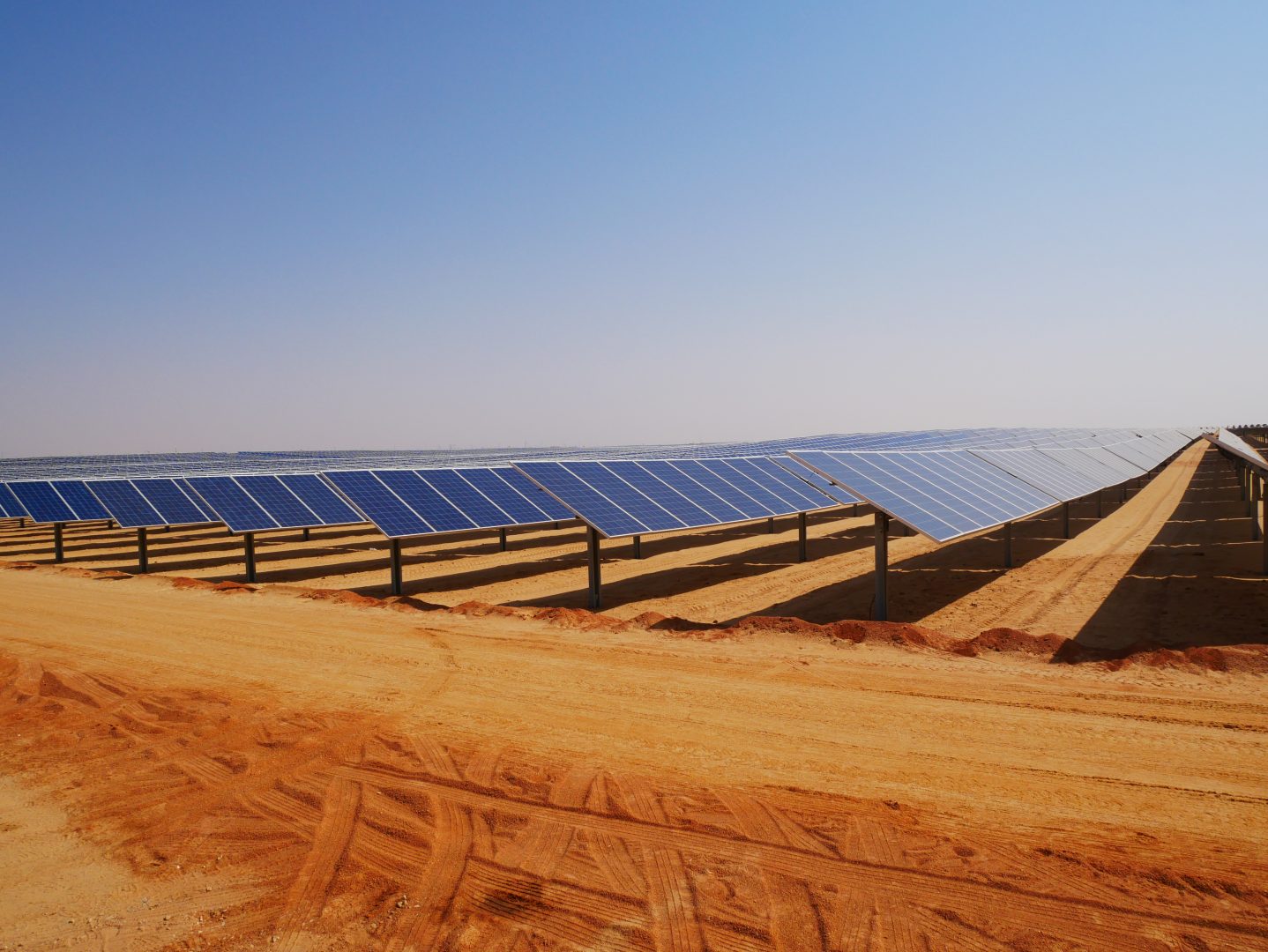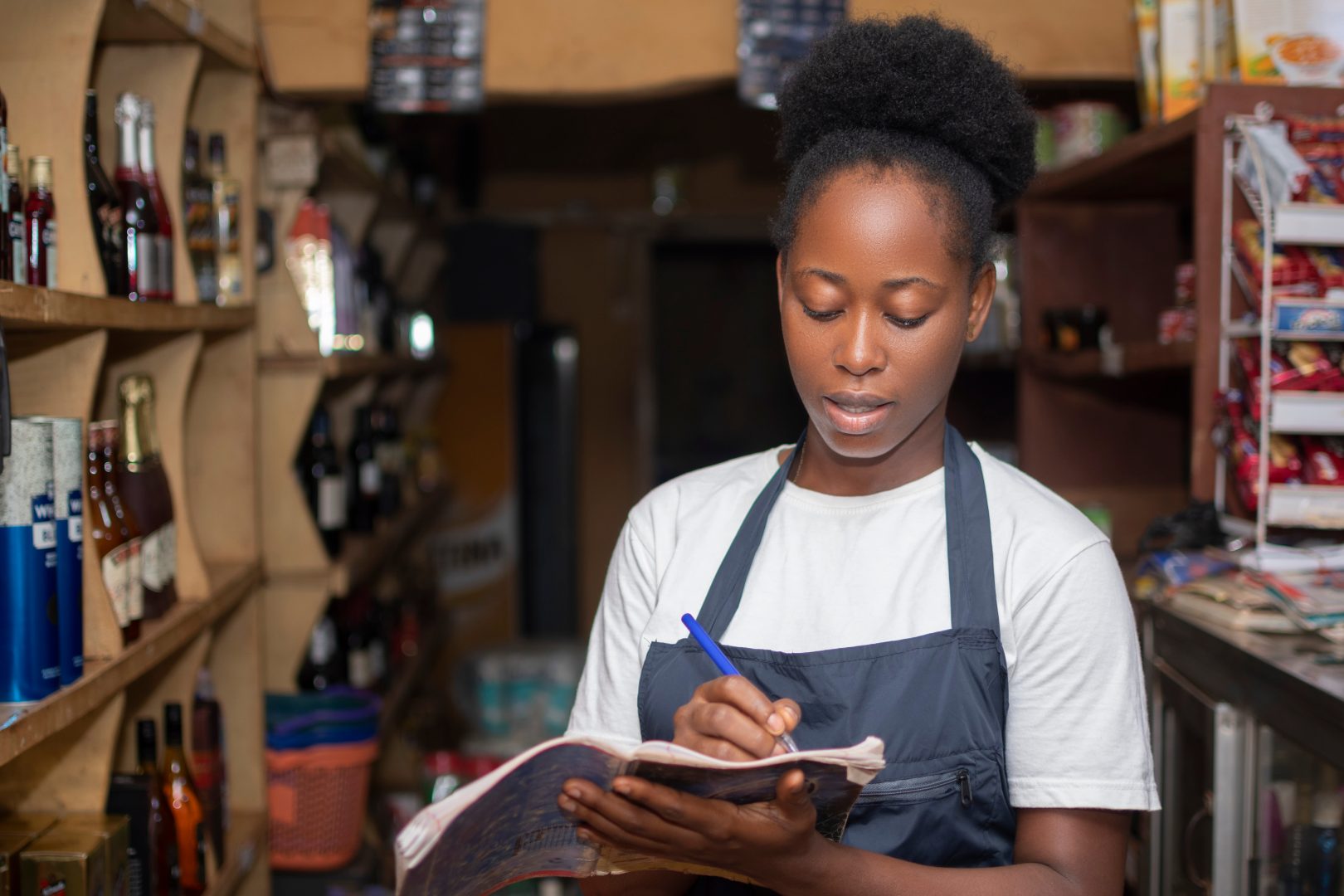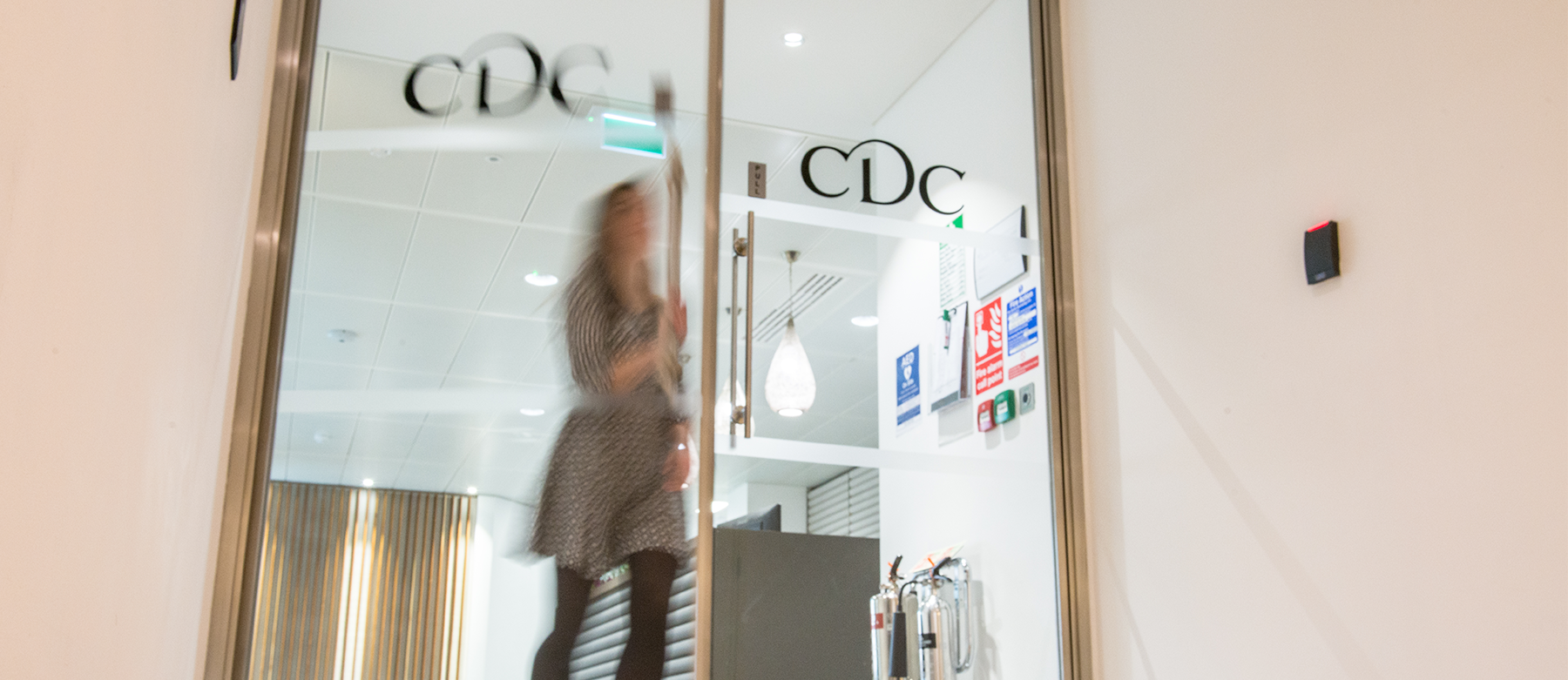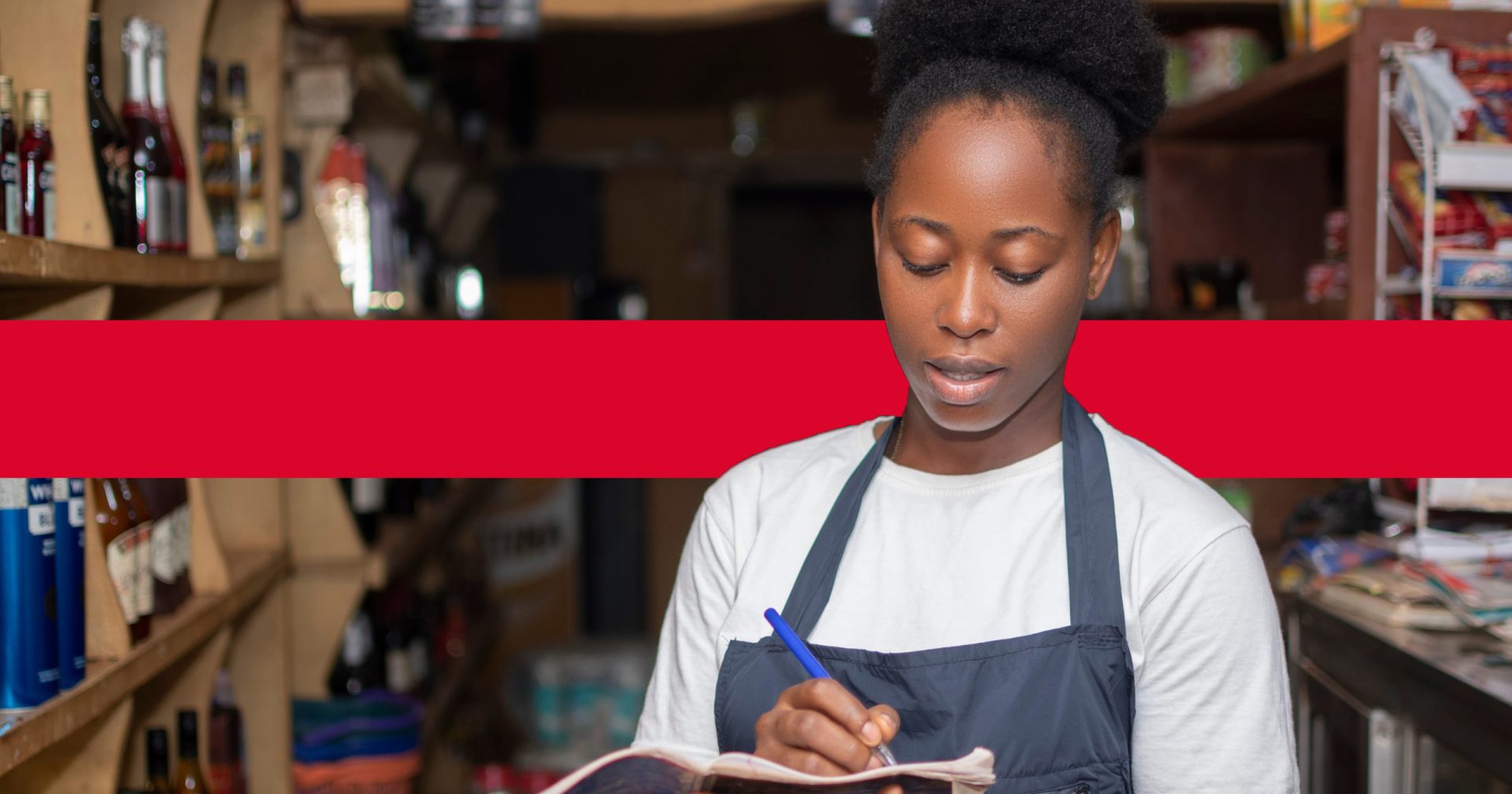How have we mobilised capital through our investments?
Development finance institutions (DFIs) such as BII are at the forefront of increasing investment into low- and middle-income countries. This work is vital to fill the funding gap for achieving the Sustainable Development Goals (SDGs) by 2030.
DFIs can address a small part of this funding gap through their own investments, but acting alone is not enough. In addition to investing their own capital, a key part of their role is therefore to mobilise investment from others, particularly private investors.
Mobilisation can take the form of ‘direct mobilisation’ at the point of investment, where a DFI’s investments into a deal directly influences private investors to invest in the same deal, or at a later stage, where other actors are indirectly influenced, through demonstration effects of previous successful DFI deals, to make similar investments.
Our approach to mobilisation
At BII we recognise the pivotal role mobilisation plays in achieving the SDGs. We report each year the private sector capital our investments have helped mobilise in our Annual Review, using the Organisation for Economic Co-operation and Development (OECD) method and Multilateral Development Bank (MDB) methods.
More recently we have worked to sharpen our approach to mobilisation. In Understanding Mobilisation, we suggest that a critical step towards more successful mobilisation by DFIs is to understand it better, including capital events that can lead to mobilisation beyond those traditionally captured by the OECD and MDB methods of measuring mobilisation. Our latest paper, Driving mobilisation, dives deeper into practical strategies that DFIs might adopt in pursuit of higher quality and greater levels of mobilisation.
Understanding how BII can mobilise private investment
Alongside this work, as part of the FCDO-BII Evaluation and Learning Programme, a series of case studies have been conducted by external evaluators to investigate whether and how BII has mobilised capital in various investments.
We now welcome the publication of two independent reports summarising findings from seven case studies conducted by Itad on BII’s role in mobilising finance. The reports, commissioned by FCDO, focus on renewable energy investments and equity funds respectively. These sectors were chosen by evaluators as key areas to learn from regarding BII’s mobilisation efforts.
What can we learn from the case studies?
The first report, Analysis of mobilisation in three BII renewable energy investments presents case studies on three of our renewable energy investments:
- Ayana Renewable Power independent solar and wind generation company in Indi, which BII launched in 2018 to address the challenge of decarbonising India’s energy mix away from coal and support the creation of jobs
- the Benban solar power park in Egypt
- and an investment in the Redstone Concentrated Solar Power (CSP) project in South Africa.
It examines BII’s role in mobilising investment from public and private sources of finance, and identifies potential demonstration effects arising from these investments.
The studies found evidence that BII, either individually or as part of a consortium, actively mobilised both other public investors (other DFIs, IFIs and sovereign funds) and private capital by providing commercial equity investors and lenders with the confidence needed to invest. Specific contributions to this mobilisation included:
- establishing the Ayana governance structure and management team that gave confidence to other investors;
- enabling another DFI to invest by providing bridge funding and subsequently attracting commercial equity investment in Benban;
- providing comfort and a bridging role between public and private investors on Redstone.
The authors concluded that these investments have the potential to create demonstration effects related to:
- project scale and construction, such as showing that it is possible to successfully operate an open-ended business model comprising both greenfield and M&A;
- tariffs and off-takers, by illustrating how to find a tariff acceptable both to government and investors;
- the relationship between E&S, BI and financial success, by demonstrating that high standards are compatible with efficient construction and profitable operations.
The second report, Analysis of mobilisation into four BII-backed funds, presents case studies of equity funds in Bangladesh (Frontier Funds I and II), India (Lok I to III and India Value Funds I to III) and Nigeria (Capital Alliance Private Equity I to IV) between 2005 and 2019.
It describes evidence of BII both bringing in other investors and of creating the conditions that make investment opportunities more attractive to these investors.
In all cases, BII’s presence supported the credibility of the funds and reassured potential investors that business integrity (BI) and environmental, social and governance (ESG) high standards would be followed.
BII contributed to specific mobilisation events, including by:
- helping CAPE attract local pension funds to invest through the launch of a local-currency-enabled-vehicle;
- providing confidence and countercyclical support to IVF and Lok;
- supporting Frontier to restructure an investment vehicle to facilitate investment from other DFIs.
BII contributed to the creation of demonstration and wider market effects by helping the funds to set and normalise high standards for BI, ESG and fund structure, including through examples demonstrating that these standards can coexist and support strong commercial performance.
The report also identified important constraints and challenges influencing the private equity fund market development, including the regulatory framework, political and economic instability, and competition with markets experiencing higher commercial performance and both actual and perceived lower risk.
Each report also contains key takeaways and lessons learnt, which help to refine our understanding of when and how we can most effectively mobilise capital. We will continue publishing lessons on how we can mobilise private capital in line with the pathways outlined in our discussion paper.





